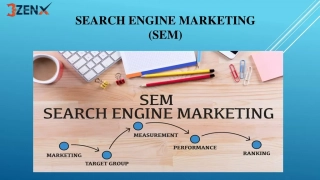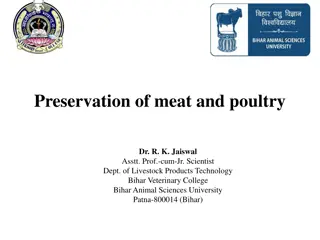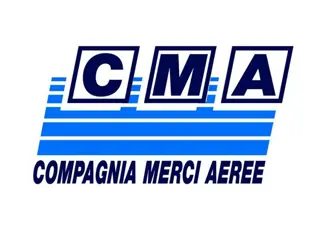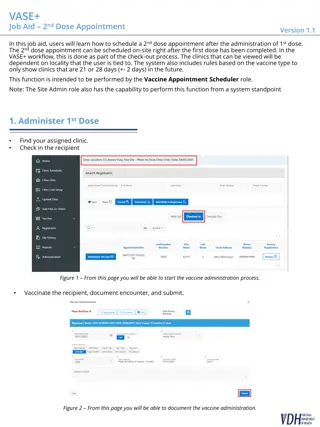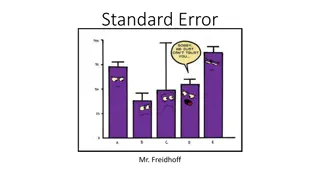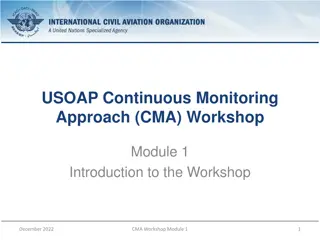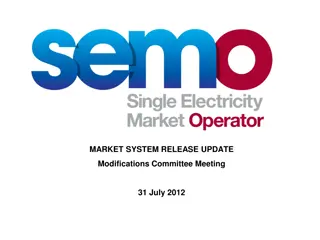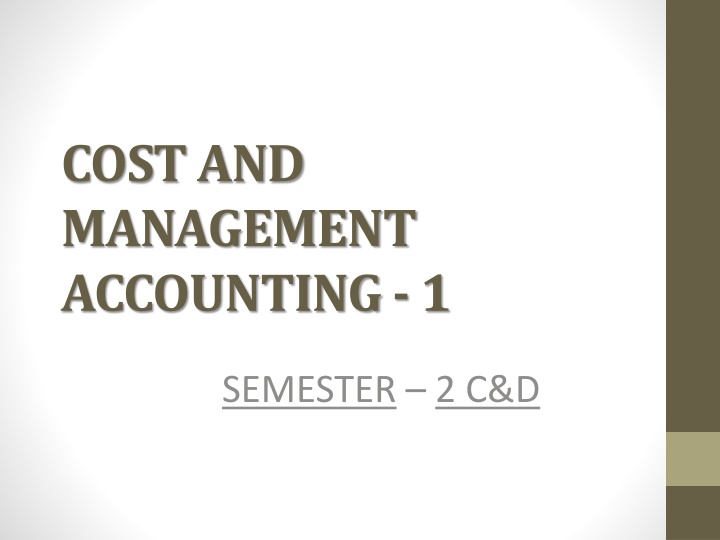
Cost and Management Accounting: Non-Integrated System Overview
Explore the features, advantages, and disadvantages of non-integrated cost accounting systems in this comprehensive guide. Learn how separate ledgers, internal checks, and efficiency improvements play a vital role in managerial decision-making.
Download Presentation

Please find below an Image/Link to download the presentation.
The content on the website is provided AS IS for your information and personal use only. It may not be sold, licensed, or shared on other websites without obtaining consent from the author. If you encounter any issues during the download, it is possible that the publisher has removed the file from their server.
You are allowed to download the files provided on this website for personal or commercial use, subject to the condition that they are used lawfully. All files are the property of their respective owners.
The content on the website is provided AS IS for your information and personal use only. It may not be sold, licensed, or shared on other websites without obtaining consent from the author.
E N D
Presentation Transcript
COST AND MANAGEMENT ACCOUNTING -1 SEMESTER 2 C&D
CLASS 1 JUHI JAISWAL
UNIT 5COST BOOK KEEPING SECTION 1 : NON INTEGRATED SYSTEM Cost book keeping has primarily two objects 1. Recording of cost and 2. Controlling of cost. It went through development. At present it can be organised In either of the following two ways: 1. Integrated Accounting 2. Non Integrated Accounting different stages of
Features of Non Integrated Accounting I. Separate ledgers are kept for recording cost transactions transaction. II. It is based on double entry system. III. No personal account is kept. Out of Real accounts, only stock are shown in capital account. IV. Transaction which accounts are recorded separately from financial records. and financial affect nominal
Advantages of Non Integrated Accounting It can be used very effectively for taking managerial decision information regarding cost become readily available from the subsidiary records. It helps to prepare accounts for each cost centre to know their cost details and to control such costs. Proper control over material, labour and overhead can be exercised. as summarised
An implemented helping quick detection of errors. The different constitute such internal check. Details information coming out the use of this system help performance evaluation, decision making and to formulate proper policy for control. The costing profit ad loss account can be easily prepared. Standards can be set for measurement and improvement of efficiency. internal check is automatically control accounts
Disadvantages of Non Integrated Accounting Two separates set of accounts for cost transactions and financial transactions create complications like two profits. This calls for reconciliation. Double efforts have to be put which cause use of additional time, energy and money. The overall profit of the organisation cannot be ascertained easily. Accounting information decentralised. remain
Cost accounting ledgers or ledger maintained under this system The following important ledgers are kept- i. Principal ledger or cost ledger. ii. Subsidiary ledger like a. Stores ledger b. Work in progress ledger c. Financial ledger
Principal principal ledger which contain all impersonal accounts. It is made maintaining a control subsidiary ledger. Like store ledger control account, work in progress control account and Finished goods control account. Subsidiary ledger a. Stores ledger It contains all ledger account. A separate account is opened for each item of stores(raw material, components , consumable stores , etc ). It show both quality and quantity wise details of materials. ledger or cost ledger It is the self account balancing for by each
b. Work in progress ledger- it contains account of all unfinished jobs and processes. The ledger contains records of each type of jobs undertaken and cost incurred for that. A number is assigned to each job and a separate account is opened for each job to which related cost re debited and the amount of finished goods completed are credited. The balance in a job account represent total balance of work in progress. c. Finished goods- it contain account of all finished goods. A separate account is opened for each finished products.


